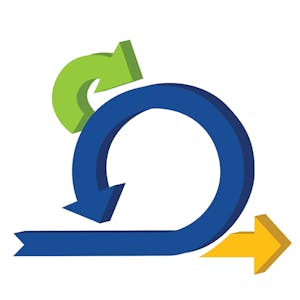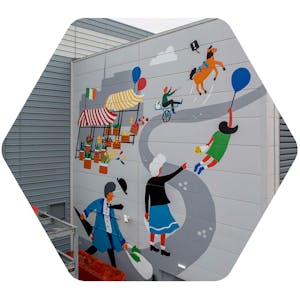Introduction to Computer Security
About this Course
The purpose of this short four-week course is to introduce the topic of computer system security. We initially look at a short basic introduction to computer system core components and functions and then extend this to consider a variety of topics from hardware to applications. Throughout we provide pointers to openly available materials for background and further reading to explore the topics. We refer to the Cyber Security Body of Knowledge (CyBOK) as a reference for cyber security knowledge, alongside other sources that are widely available. In total, we have four weeks that cover this introduction to computer systems and security. No prior programming nor advanced mathematical knowledge Is required. There are a few examples of pseudocode and some basic computer logic (AND, OR, XOR, etc.) in our Week 1 Introduction to computer systems, but these are not essential to completing the course. In other lessons, we introduce basic concepts and provide pointers to online resources. The course includes active learning through four lab sessions. The first lab introduces the Linux operating system in general by exploring the Linux desktop and applications provided in the Coursera lab environment hosted in the AWS cloud. The second lab looks at the Linux command line and explores some of the file system and gathers system information, for example to explore processes. The third lab explores the network information, the system connectivity, and uses some Python scripts and Wireshark to examine the TCP and UDP transport protocols and the web/HTTP application protocol. Lastly we explore more about the network services using the Nmap tool to explore the network services in the system. The course is designed to provide a wide introduction to computer security, by outlining computer systems, including the operating system, programs, data and networking. We discuss some of the issues in computer security and introduce some of the vulnerabilities and threats as we progress through the four weeks. We include some optional readings and videos from a number of sources, including professional resources and vendor materials for additional study.Created by: University of London

Related Online Courses
Data visualization is especially important today with the increased amount and velocity of data that companies capture daily, and a system is needed to ingest and make sense of all this data for... more
Course Description: This course equips participants with essential skills and methodologies for effective product management. The course covers various frameworks, including Agile, Scrum, Kanban,... more
This course is designed to help Scrum beginners review knowledge in order to prepare to take the Scrum Master Certification Exam. We will review several of the Scrum Methodologies and the Sprint... more
\"Welcome to the second course in the networking and Google Cloud series routing and addressing. In this course, we\'ll cover the central routing and addressing concepts that are relevant to Google... more
This is a self-paced lab that takes place in the Google Cloud console. In this lab you will deploy a monolithic application to a Google Kubernetes Engine cluster, then break it down into... more








